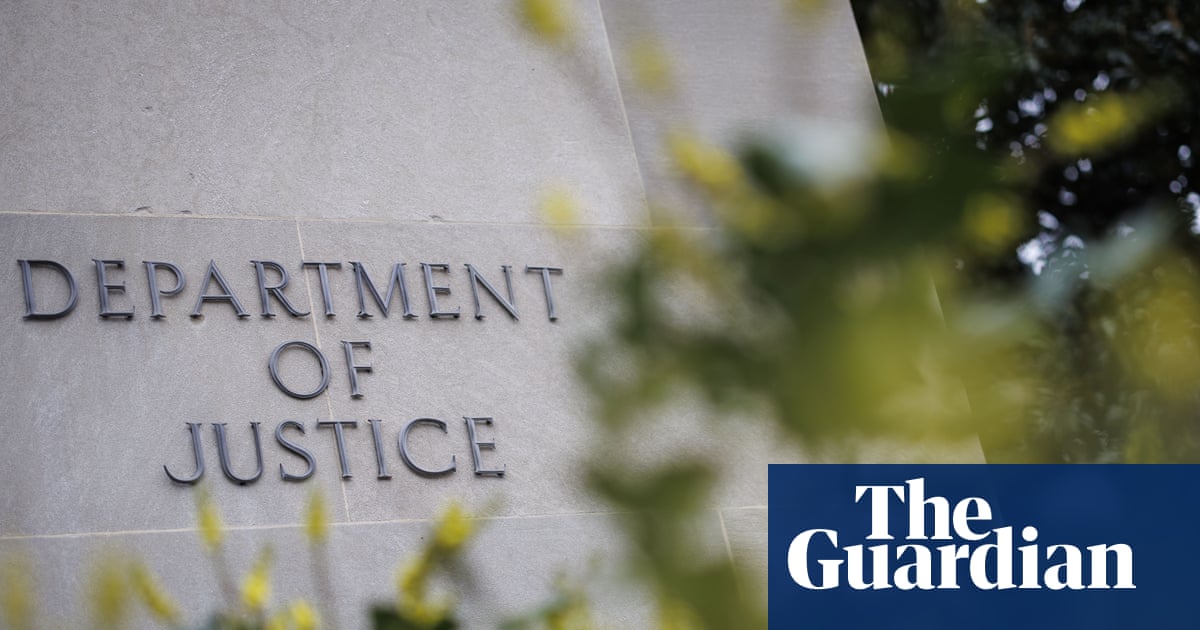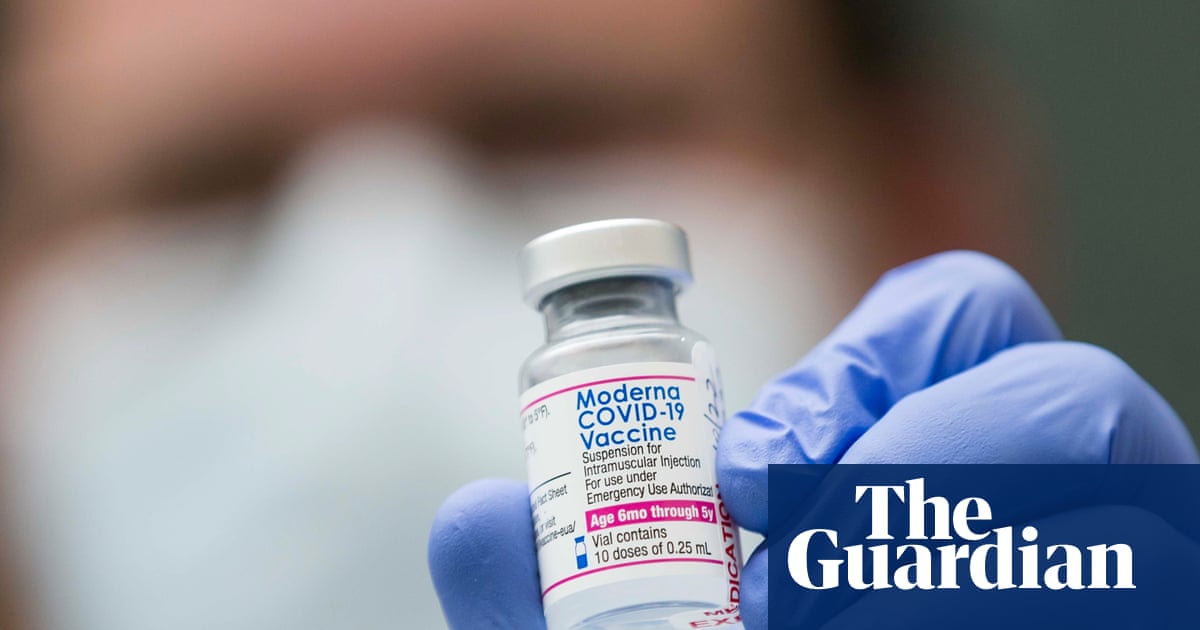Report finding rightwing extremists have killed more Americans than other domestic terrorist groups vanished from DoJ website
The US justice department has scrubbed a study from its website concluding that far-right extremists have killed far more Americans than any other domestic terrorist group, just days after a gunman fatally shot the prominent conservative activist Charlie Kirk.
The report, now archived, titled What NIJ Research Tells Us About Domestic Terrorism, vanished from the Department of Justice website between 11 and 12 September, according to Jason Paladino, an independent investigative reporter who first wrote the story. Kirk, the 31-year-old Turning Point USA founder and Trump ally, was gunned down while speaking at Utah Valley University on 10 September.
The vanished study opened with: “Since 1990, far-right extremists have committed far more ideologically motivated homicides than far-left or radical Islamist extremists, including 227 events that took more than 520 lives. In this same period, far-left extremists committed 42 ideologically motivated attacks that took 78 lives.”
Tyler Robinson, 22, has been charged with Kirk’s murder and prosecutors are seeking the death penalty. In the aftermath of the shooting, Donald Trump and other Republican leaders have blamed “radical left” elements for the attack.
The National Institute of Justice study, which was based on research spanning three decades, represented one of the most comprehensive government assessments of domestic terrorism patterns. It found that “militant, nationalistic, white supremacist violent extremism has increased in the United States” and that “the number of far-right attacks continues to outpace all other types of terrorism and domestic violent extremism”.
Where the report once appeared, the justice department wrote it was “reviewing its websites and materials in accordance with recent executive orders”, according to 404Media, though the page is now unavailable.
But the findings align with independent research from the Center for Strategic and International Studies, which analyzed 893 terrorist plots between 1994 and 2020. That study concluded: “Rightwing attacks and plots account for the majority of all terrorist incidents in the United States since 1994.”
In congressional testimony in 2023, Heidi Beirich, the executive vice-president of Global Project Against Hate and Extremism, told lawmakers as an expert witness that “data on acts of political violence clearly shows that it is the far right that is driving terrorism in the US, including targeting and, in certain cases, murdering law enforcement”.
“That is not to say there is no violence from far-left actors,” she continued, “it is just simply not on the scale or as deadly as what is coming from far-right actors.”
Kirk had built Turning Point USA into a major conservative youth organization and spoke at last year’s Republican national convention. He was addressing students when he was shot.
The justice department has not responded to requests for comment about the study’s removal.

Another article:
404 Media: DOJ Deletes Study Showing Domestic Terrorists Are Most Often Right Wing
Following Charlie Kirk’s assassination and the Trump administration’s promise to go after the “radical left” a study showing most domestic terrosim is far-right was disappeared. Attorney General Pam Bondi. Image: DOJ The Department of Justice has removed a study showing that white supremacist and far-right violence “continues to outpace all other types of terrorism and domestic violent extremism” in the United States.
The study, which was conducted by the National Institute of Justice and hosted on a DOJ website was available there at least until September 12, 2025, according to an archive of the page saved by the Wayback Machine. Daniel Malmer, a PhD student studying online extremism at UNC-Chapel Hill, first noticed the paper was deleted.
“The Department of Justice’s Office of Justice Programs is currently reviewing its websites and materials in accordance with recent Executive Orders and related guidance,” reads a message on the page where the study was formerly hosted. “During this review, some pages and publications will be unavailable. We apologize for any inconvenience this may cause.”

https://www.404media.co/doj-deletes-study-showing-domestic-terrorists-are-most-often-right-wing




